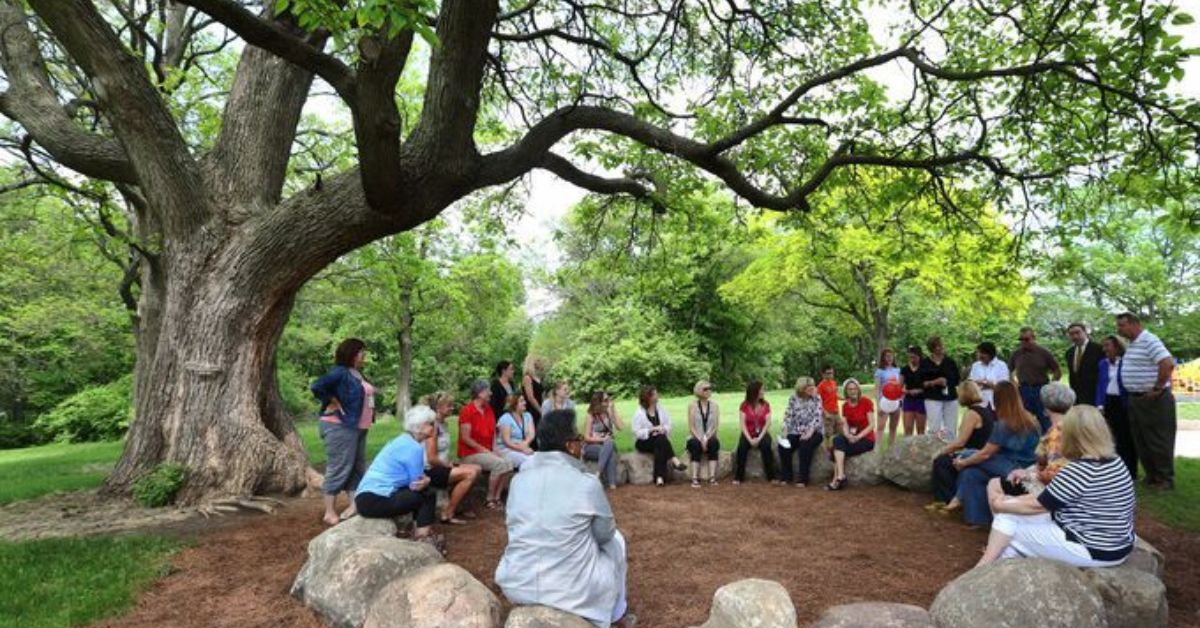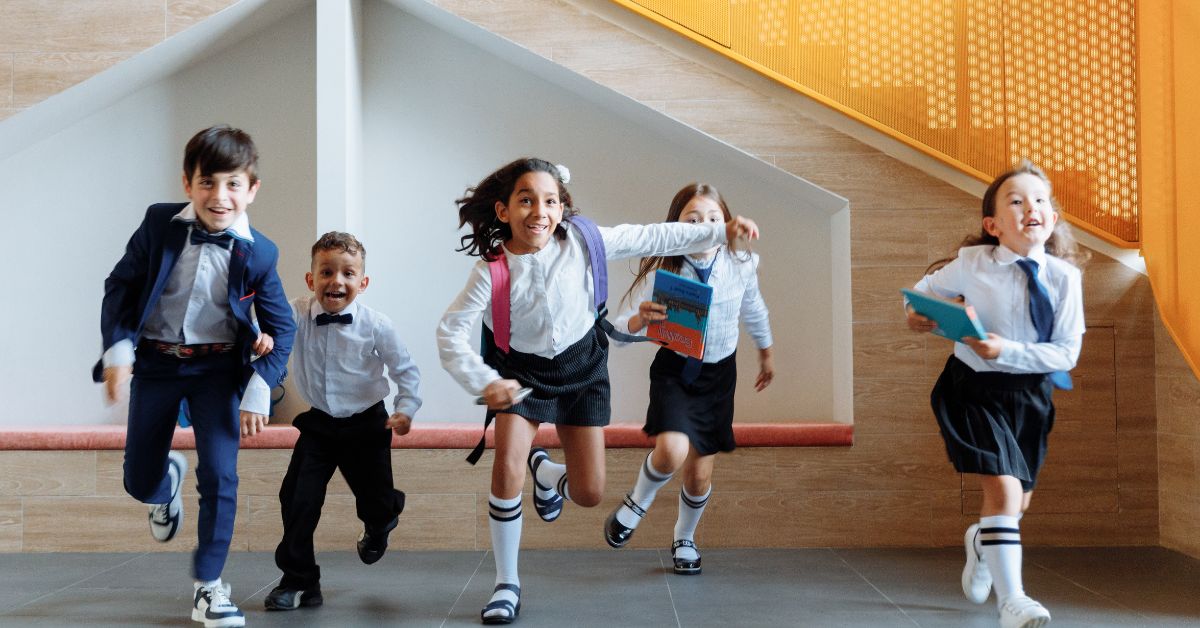In Vermont, students are swapping desks for dirt, and they love it. Many schools across the state are teaching outdoors—in forests, fields, and gardens. These “nature classrooms” help kids learn science, math, reading, and even teamwork in a fresh, exciting way.
Teachers and parents say students are happier, healthier, and more curious when they learn outside. Could nature really be the best classroom? Vermont thinks so.
What Is Outdoor Learning?
Outdoor learning means taking lessons outside the school building. Instead of sitting at a desk all day, students might:
- Study math by measuring trees
- Write poems in the forest
- Learn biology by watching birds or bugs
- Do science experiments with soil and water
Sometimes this is called a forest classroom, a nature-based school, or simply outdoor education. In Vermont, it’s becoming more popular every year.
Why Vermont Schools Love It
Vermont has mountains, rivers, and forests. It’s the perfect place for outdoor learning. Many teachers say nature helps students:
- Stay focused
- Move their bodies
- Think creatively
- Feel less stressed
Some schools even teach full lessons outdoors, no matter the season—even in the snow! Students wear boots and coats and learn how to explore safely.
Real Lessons in Real Places
Here’s what a week in a Vermont nature classroom might look like:
- Science: Studying insects in a meadow
- Math: Counting leaves and measuring sticks
- Reading: Listening to stories under a tree
- Art: Drawing with natural materials like twigs and flowers
- PE: Hiking or playing nature-based games
Every day becomes an adventure that mixes learning with real-world fun.
Outdoor Learning Benefits
| Benefit | How It Helps Students |
|---|---|
| Physical Movement | Improves focus and health |
| Hands-On Learning | Makes lessons more interesting |
| Nature Connection | Builds care for the environment |
| Group Activities | Teaches teamwork and communication |
| Fresh Air and Sunshine | Boosts mood and energy |
Training Teachers for Nature Classrooms
Of course, not all teachers start out ready to teach outside. Vermont schools are giving them extra training through:
- Workshops on outdoor safety and planning
- Partnerships with forest schools and nature centers
- Online lesson plans for outdoor learning
Some teachers even become certified in nature-based education, so they can lead safe and exciting lessons in all weather
Challenges and How Vermont Solves Them
Outdoor learning sounds great—but it comes with challenges. Here’s how Vermont is handling them:
- Bad weather? Schools build outdoor shelters or hold lessons under trees.
- Safety concerns? Teachers learn how to spot risks like poison ivy or ticks.
- Limited space? Schools use gardens, playgrounds, and even local parks.
- Need supplies? Grants help schools buy outdoor gear like boots, tools, and backpacks.
The key is preparation—and a little creativity!
Working with Nature Centers and Families
Vermont schools don’t work alone. They team up with:
- Nature centers that offer programs and field trips
- Forest schools that share lessons and ideas
- Parents, who help with gear and even join in on hikes or science days
These partnerships help the whole community get involved in outdoor learning.
Conclusion
In Vermont, classrooms don’t always have walls—and that’s a good thing. By using nature as a teacher, schools are helping students become more focused, curious, and connected to the world around them. Whether it’s counting pinecones, writing under a maple tree, or solving problems while hiking a trail, students are learning in new ways that stick.
Vermont’s nature classrooms show that when you mix fresh air with fresh thinking, anything is possible.
FAQ’s
Q1: Do students still learn regular subjects outdoors?
A1: Yes! Students learn math, reading, science, and more—just outside in nature.
Q2: What happens when it rains or snows?
A2: Many schools keep going! Students dress warmly, and some use outdoor shelters.
Q3: Is outdoor learning only for young kids?
A3: No. Even middle and high school students take part in nature-based learning.








